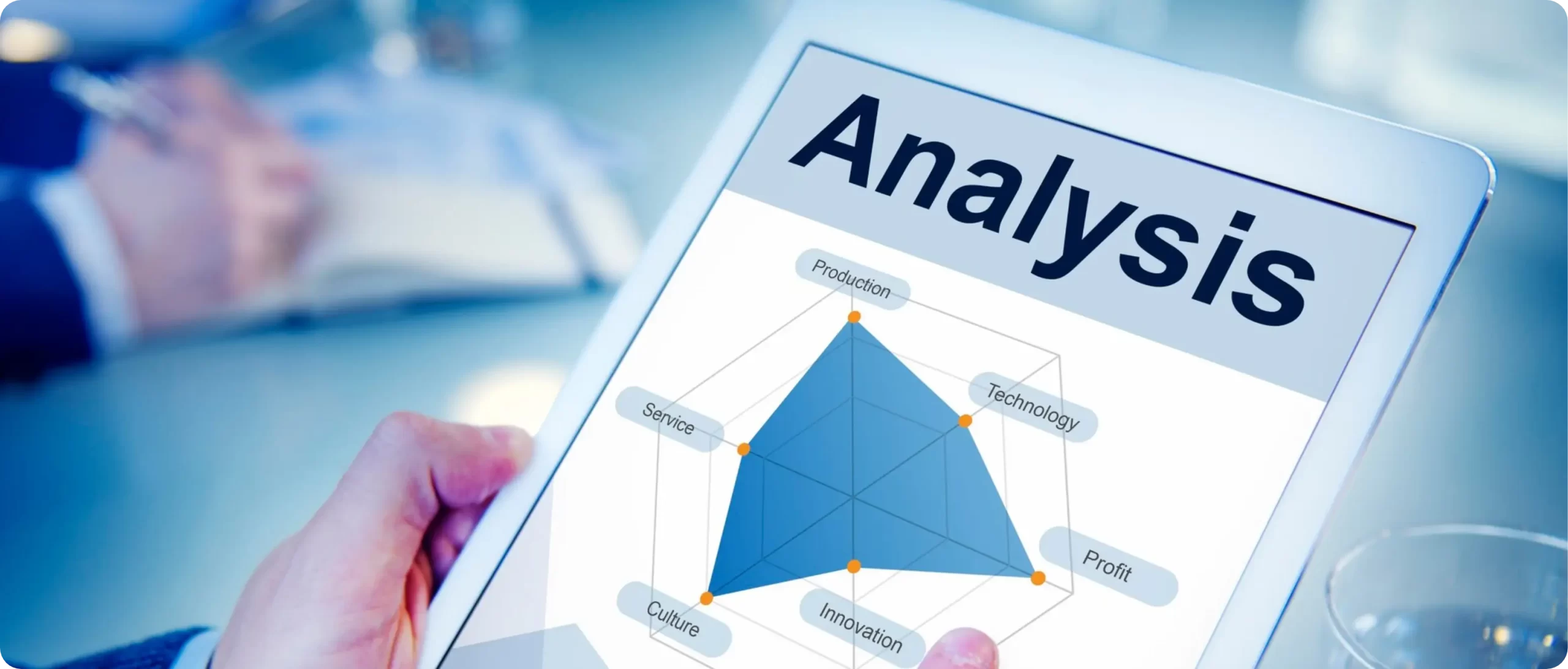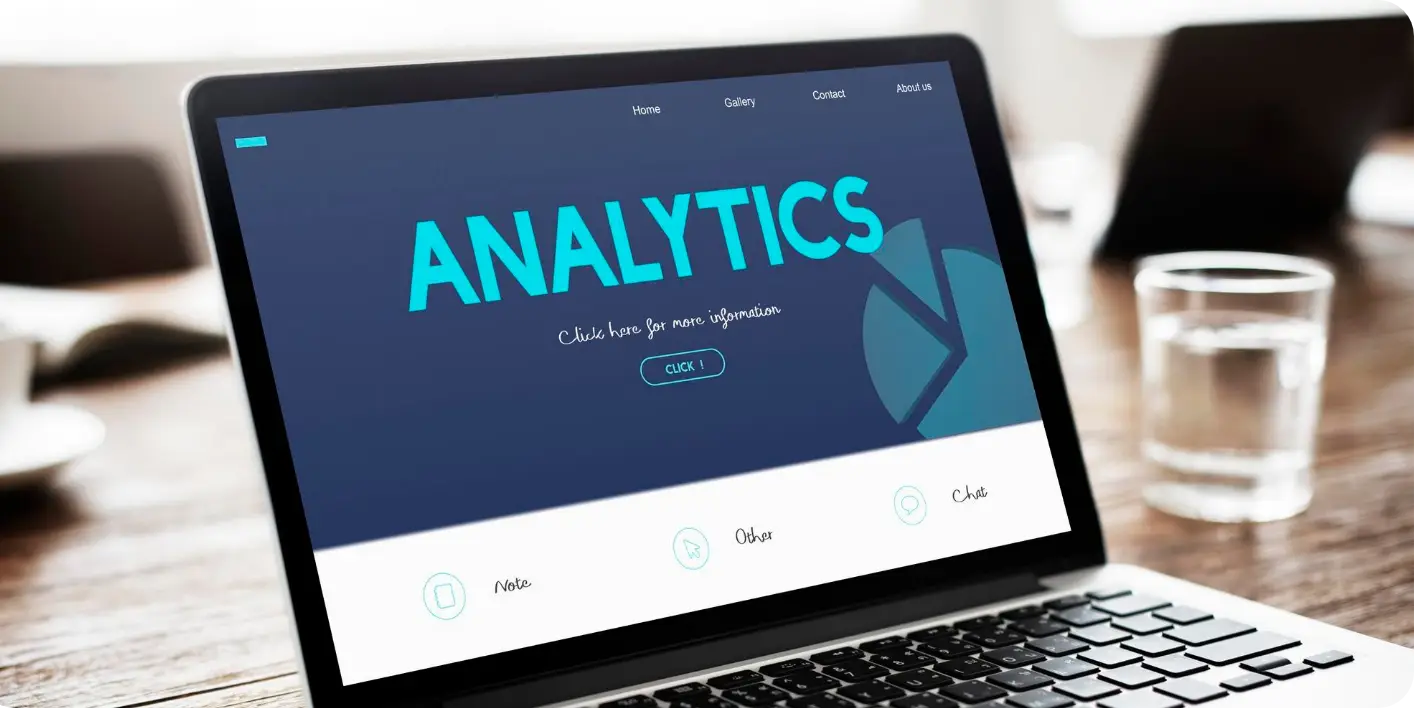What Is Spontaneous Analytics and Why Is It Critical?
- POSTED ON
- October 2, 2024
- BY Cristina H.
- POSTED ON
- October 2, 2024
- BY Cristina H.

Most organizations deploying business intelligence rely on IT resources to create dashboards. Deep data dives often take multiple iterations and back-and-forth conversations to find the insights you need. This can take considerable time and limits your ability to make data-driven decisions quickly.
It also does not foster a journey of discovery, which often yields the most impacting insights. However, by employing a more dynamic approach to data analytics, you can dive more deeply into the data to uncover hidden correlations — leading to better outcomes.
Spontaneous Analytics
Spontaneous analytics is characterized by a flexible, intuitive, and iterative nature. Unlike traditional analytics which typically follow a linear path from question to answer, spontaneous analytics encourages a more fluid exploration of data.
This empowers you to be:
- Curiosity-driven: Follow your instincts and explore data more freely.
- Iterative: Continuously refine questions and hypotheses based on findings.
- Flexible: Allows for quick pivots in analysis direction based on emerging insights.
- Holistic: It considers a wide range of data sources and types, not just predefined metrics.
Dashboards and reports are important, but they can sometimes limit the scope of analysis and miss important insights that aren’t captured by standard KPIs. Often, it’s the human element — that digs into the data — that finds the gems. It’s that innate curiosity to ask why more often and explore connections between data points that go beyond static data.
Yet, if you have to send queries back to your data analysts or IT team each time, it can become tedious and labor-intensive. This often creates frustration and inhibits curiosity. You need a way to explore your data on the fly without coding and waiting for your IT team.

An Iterative Cycle of Exploration and Discovery
The process of spontaneous analytics typically follows a pattern of exploration and discovery, which is why it’s so powerful. You typically start with an observation or a question. It might be an unexpected trend, a business problem, or even a hunch.
By diving into the data, you can look for underlying causes. As patterns emerge, this often leads to different questions. It’s this iterative exploration and analysis that guides the process and allows for a more comprehensive understanding of complex business issues. This human-driven AI data analysis surfaces hidden correlations you might miss in more structured analysis.

For example, a marketing manager might notice a decline in customer engagement on their dashboard. Looking at various data points, they might uncover an unexpected correlation between engagement levels and the timing of email campaigns. This opens a new line of inquiry to determine optimal timing that produces the highest levels of engagement.
They might also explore other underlying factors that impact outcomes that weren’t part of the original investigation. Without this journey of discovery, they might never uncover the root cause.
IDA Empowers Spontaneous Analytics
IDA instead creates intuitive, dynamic dashboards in real-time that foster spontaneous analytics. You can use natural language to ask questions without having to worry about coding, templates, or preset commands.
IDA´s no-code design truly democratizes data across organizations. Without having to burden IT teams with continuous queries, users can use intuitive tools to explore on their own. IDA lets you conduct an endless line of inquiry by swiping, typing, or voice commands. And, IDA goes beyond traditional no-code BI programs. While these may enable you to build your own dashboards or drill down into data, what happens when you want to explore data that’s not part of your dashboard? With IDA, you can drag and drop additional datasets without requiring intervention by your IT team.

This empowers your team to do advanced analytics on the fly — the type that had been reserved for those with detailed coding experience. IDA enables you to do sophisticated queries, including:
- Correlation analysis
- Logistic regression
- Root cause analysis
- Predictive analytics
- Prescriptive analytics

Wrapping Up
The AI tools can identify anomalies, assess what-if scenarios to predict outcomes, and suggest corrective actions that will improve outcomes.
IDA is Human-Driven Data Analytics: Business intelligence for business people that fosters curiosity and spontaneous analytics. Contact Intuitive Data Analytics today for a demo.
Test drive IDA today and see the difference for yourself.
Share Post

Hi I'm Larry
Larry here, serving as the Innovation Strategist for IDA. I enjoy using my decades of experience in technology to develop innovative solutions that promote individual and company growth. I love reading, warm weather, and traveling when I'm not working on innovative technology with my team.
Explore more from IDA
Intuitive Data Analytics Unveils Revolutionary Business Intelligence Features to Its No-Code BI Platform at the Ai4 Conference in Las Vegas, NV.
Want to see IDA in action?
Get started with digital adoption today.

